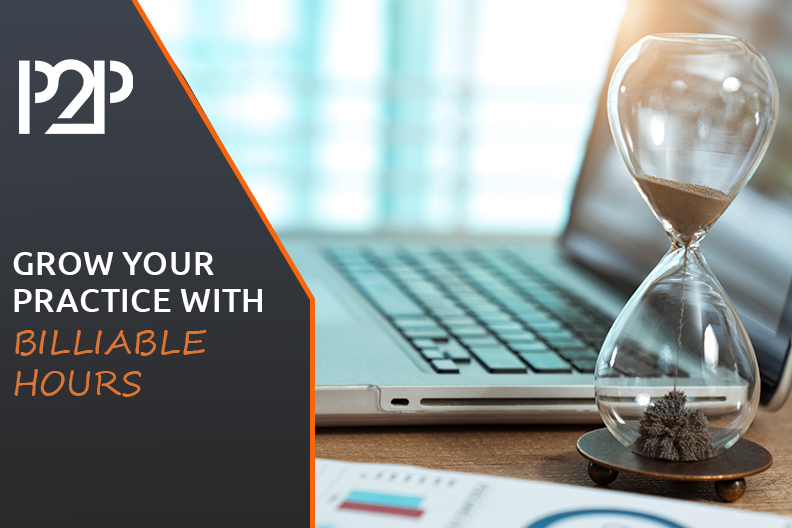
I believe that the career of a financial advisor is the best job you could ever have.
You have unlimited income opportunity. Nobody is in control of the size of your paycheck other than you. You don’t have a boss. You can manage your own schedule, decide when you work and which people to meet.
However, with all this freedom over your own schedule, comes responsibility. Many reps work 10 hour days without spending one hour earning a dollar because they fail to spend time on the revenue producing aspects of their business.
Managing your schedule and deciding how to structure your day is a challenge. Today’s “work from home” environment presents a whole new unique set of challenges and opportunities.
On one hand, you could be sitting in sweatpants all day, watching countless hours of the news, and thinking “I can’t wait until I can get back to my normal job.”
On the other hand, you could embrace the mentality of top advisors and SEIZE this opportunity. In this environment, you could be having more meetings and reaching prospects on the phone at a higher rate than ever before. People have never been more in need of a trusted advisor and by being forced to conduct all meetings virtually you are in a phenomenal position to operate at the highest levels of efficiency. The key is to understand and implement the concept of “billable hours” into your practice.
What Are Billable Hours?
Billable hours exist in other industries, if you have ever worked with a lawyer you are familiar with the way they use billable hours. These are the hours that are paid for directly by the client. For our purposes, I define a billable hour as, “an hour of work for which you are paid.” In our work that looks like one of two things:
The first qualification for a billable hour is an hour spent with a client having a meeting for the purpose of moving your business. While phone meetings, Zoom meetings, and other online meetings are all valid client meetings, you cannot mistake meetings to simply catch up or gather information like outstanding underwriting requirements, as a meeting that qualifies for a billable hour.
The second qualification for a billable hour is a simple equation. Every 30 phone calls you make for the purpose of making an appointment is one billable hour.
Now that you understand what qualifies as a billable hour, ask yourself, “How many hours in my day meet that criteria?”
Typically, when I sit down with a rep and review the billable hour concept, they have an “aha moment!” They realize that something needs to shift, but don’t know what is getting in the way of their growth. Let’s break that down, starting with an evaluation of what it is you’re doing in the hours that are not considered billable.
What Gets in the Way?
The most common culprit is a lot of admin type work. Many reps can solve this problem by hiring more staff or utilizing the capable staff members they are currently employing. Perhaps you’ll find you’re spending an exorbitant amount of time looking at emails or LinkedIn. Begin thinking through 2-3 times a day when it makes the most sense to take out time for email and commit to only working on it during those times.
Once you’ve spent time combing through your day and considering what you are doing in your non-billable hours, you can begin eliminating the low-hanging fruit. By moving responsibilities and structuring the day into pockets of time, you can begin to watch your billable hours percentage grow.
What’s Your Efficiency Rate?
The billable hour’s percentage, or efficiency rate, is determined simply by dividing your daily billable hours by the hours you work in a day. Let’s say you work an average of 10 hours a day and you have 4 billable hours in a day. Your efficiency rate is then 40%.
Throughout my career, I have seen the most successful reps operate at a 60% efficiency rate. It’s difficult to maintain, but that is why these reps are the best in the business.
Once you have committed to improving your efficiency rate, a core concept to improving your billable hour efficiency is to team up with an assistant, mentor, or manager to help you in three different ways:
1) Figure out your billable hour’s percentage
2) Determine opportunities for growth and improvement
3) Track the rate over time and your progress
Once you have walked through the billable hour’s concept with your accountability partner, the real work is about to begin. Changing this rate requires a restructuring of your day, your calendar, and your mindset. However, to the extent that you can implement this billable hours concept in your practice, your confidence, professionalism, job satisfaction and overall trajectory of your business can improve tremendously.
Stick with it. You’ll be amazed at what is possible.
MASTER YOUR PROFESSIONAL SALES SKILLS
With P2P Academy

I want this